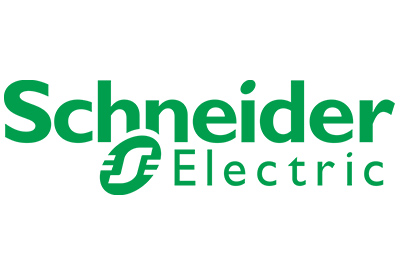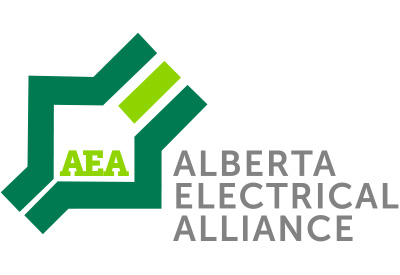Independent Analyst Firm Positions Schneider Electric as Leader in Industry Advancements for Microgrid Technology and Sustainability

September 16, 2022
Schneider Electric, the leader in the digital transformation of energy management and automation, has been recognized by Verdantix as a leader in microgrid technology to enable advancement in the grid-interactive ecosystem for decarbonization and sustainability in the “Schneider Electric Leads The Charge On The Democratization Of Energy” report.
Increasing the grid interactivity of facilities is becoming a key enabler for decarbonization as more renewables are onboarded, stemming from the grid, on-site generation, and as uptake of electric vehicles becomes more widespread. Verdantix recommends that customers required to adapt to a rapidly changing energy landscape and looking to implement on-site renewable generation and storage as part of wider corporate decarbonization goals should consider Schneider Electric’s microgrid offerings.
“Schneider Electric offers a comprehensive suite of hardware, software and services for energy management and automation in infrastructure to enable sustainable, reliable and efficient operations,” said Verdantix Analyst Ben Hext. “We think that they are well positioned to provide microgrid offerings that meet a variety of needs, including resilience, on-site renewable energy and energy savings.”
“Microgrids are a key enabler in the pursuit of a decarbonized environment and a more sustainable energy future, which is why Schneider Electric has built one of the best microgrid portfolios in the market,” said Bala Vinayagam, SVP, Microgrid Line of Business at Schneider Electric. “Rising energy prices, the increasing frequency of grid outages, and the requirement to decarbonize have made energy challenges relevant and universal to all. As one of the most reputable global sustainability companies, Schneider has made it so that the benefits of microgrids can transform the energy profiles of a diverse set of infrastructure.”
Schneider Electric helps its customers succeed with its microgrids offerings:
- Flexible energy consumption to reduce power costs: Firms must mitigate exposure to fluctuating energy prices by exploring on-site generation and storage. For example, Citycon, a real estate owner and developer, is developing a microgrid-enabled city center in Espoo, Finland in partnership with Schneider Electric. Schneider Electric and Citycon project the program will save $352,000 in energy costs per year with an ROI of 5 years in conjunction with investment aid for new technologies.
- Increased resilience against grid failures: EcoStruxure Microgrid Advisor uses predictive analytics to carefully balance electricity consumption and generation for resilience. The platform can ingest historical data, weather forecasts, energy market pricing and scheduled operations to optimize energy flows in case of grid outages. For example, the US Marine Corps Air Station Miramar in San Diego installed a microgrid from Schneider Electric to ensure continued power access during sustained grid outages of up to 14 days.
- On-site renewable generation and storage for corporate decarbonization goals: Many businesses are pursuing net zero goals to align with governmental targets, such as the Paris Agreement. Lidl Finland installed a microgrid from Schneider Electric at a 60,000m2 distribution center. Projections estimate that the facility will reduce energy consumption by 50% and enable 100% renewable energy consumption through on-site generation and clean energy purchase agreements.
- Smarter use of renewable energy and EV charging to decarbonize operations: Governments worldwide are introducing a shift from fossil fuel vehicles toward EVs. Montgomery County is deploying a microgrid for EV charging at the Brookville Smart Energy Bus Depot through an EaaS agreement with Schneider Electric’s AlphaStruxure. The microgrid integration will deliver reliable charging to a fleet of 44 electric buses, cutting carbon emissions by 62% and enabling the county to maintain bus services during power outages.
Having installed over 300 microgrids to date, Schneider Electric provides monitoring and predictive controls, comprehensive building automation, and de-risks the investment into microgrids with Energy as a Service joint ventures GreenStruxure and AlphaStruxure.










![Guide to the Canadian Electrical Code, Part 1[i], 26th Edition – A Road Map: Section 10 – Grounding and Bonding](https://electricalindustry.ca/wp-content/uploads/2022/11/Guide-CE-Code-2.png)





